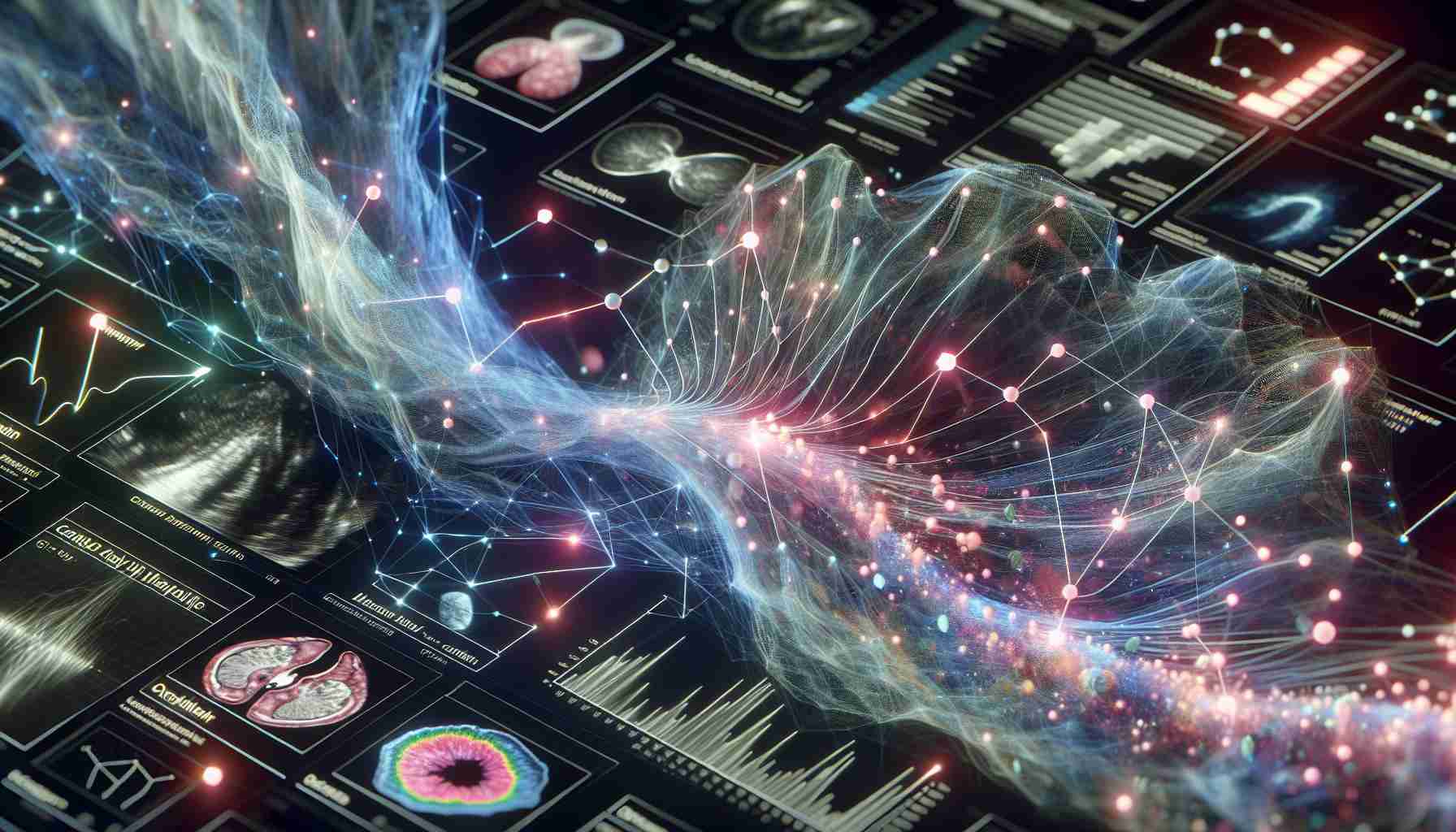A recent study published in Clinical Breast Cancer has revealed that deep-learning models have the potential to serve as effective predictive tools for breast cancer prognosis. Led by Dr. Junqi Han and his team from the Affiliated Hospital of Qingdao University in China, the study demonstrated the success of a model that combines data from mammography images, ultrasound images, and other characteristics in accurately predicting disease-free survival of breast cancer patients.
The researchers highlighted the improved performance of the combined model, which uses both mammography and ultrasound images, compared to using single imaging modalities alone. By leveraging artificial intelligence and deep learning techniques, radiologists are exploring new avenues for advancing breast cancer diagnosis and prognosis.
In this study, the team gathered data from 1,242 patients between 2013 and 2018, dividing them into training and testing groups. They employed deep-learning models using ResNet50 and integrated clinical data and imaging characteristics to select independent prognostic factors and establish a clinical model.
A total of five models were developed: ultrasound deep learning, mammography deep learning, ultrasound plus mammography deep learning, a clinical model, and a combined model. The researchers found that the combined model, incorporating images from both modalities along with pathological, clinical, and radiographic characteristics, exhibited the highest predictive performance among the analyzed models.
It is worth noting that certain pathological and clinical characteristics could only be obtained after surgery. Consequently, the combined model holds significance in predicting prognosis post-surgery. Additionally, the study emphasized the complementary nature of ultrasound and mammography in breast imaging, with ultrasound used to observe lesion shape and characteristics and mammography utilized to identify calcification.
While the study demonstrates promising findings, the authors called for external validation in future research to measure the predictive effectiveness and generalizability of the models. Despite this, the use of deep-learning models shows great potential for improving breast cancer prognosis prediction and ultimately enhancing patient outcomes.
An FAQ Section on Breast Cancer Prognosis and Deep-Learning Models:
Q: What did the recent study published in Clinical Breast Cancer reveal?
A: The study revealed the potential of deep-learning models to serve as effective predictive tools for breast cancer prognosis.
Q: Who led the study?
A: The study was led by Dr. Junqi Han and his team from the Affiliated Hospital of Qingdao University in China.
Q: What type of data did the study utilize?
A: The study combined data from mammography images, ultrasound images, and other characteristics to predict disease-free survival of breast cancer patients.
Q: How did the combined model perform compared to using single imaging modalities?
A: The combined model, which incorporated both mammography and ultrasound images, showed improved performance compared to using single imaging modalities alone.
Q: What techniques were used in the study?
A: The study employed artificial intelligence and deep learning techniques, specifically using deep-learning models with ResNet50.
Q: How was the data collected?
A: The researchers gathered data from 1,242 patients between 2013 and 2018, dividing them into training and testing groups.
Q: How many models were developed in the study?
A: A total of five models were developed: ultrasound deep learning, mammography deep learning, ultrasound plus mammography deep learning, a clinical model, and a combined model.
Q: Which model exhibited the highest predictive performance?
A: The combined model, which incorporated images from both ultrasound and mammography, along with pathological, clinical, and radiographic characteristics, exhibited the highest predictive performance.
Q: Why is the combined model significant in predicting prognosis post-surgery?
A: Certain pathological and clinical characteristics can only be obtained after surgery, making the combined model crucial in predicting post-surgery prognosis.
Q: What are the complementary roles of ultrasound and mammography in breast imaging?
A: Ultrasound is used to observe lesion shape and characteristics, while mammography is used to identify calcification.
Q: What did the authors of the study call for?
A: The authors called for external validation in future research to measure the predictive effectiveness and generalizability of the models.
Q: What is the potential of using deep-learning models for breast cancer prognosis?
A: Deep-learning models show great potential for improving breast cancer prognosis prediction and ultimately enhancing patient outcomes.
Definitions:
– Prognosis: The likely course or outcome of a medical condition.
– Deep-learning models: Computer models that use artificial intelligence techniques to process large amounts of data and make predictions or classifications.
– Mammography: An imaging technique that uses X-rays to examine the breast for signs of breast cancer or other abnormalities.
– Ultrasound: A diagnostic imaging technique that uses high-frequency sound waves to produce images of structures within the body.
– Radiologists: Medical doctors who specialize in interpreting medical images, such as X-rays, CT scans, and mammograms.
Suggested Related Links:
– cancer.org
– National Center for Biotechnology Information (NCBI)
– breastcancer.org
The source of the article is from the blog scimag.news

